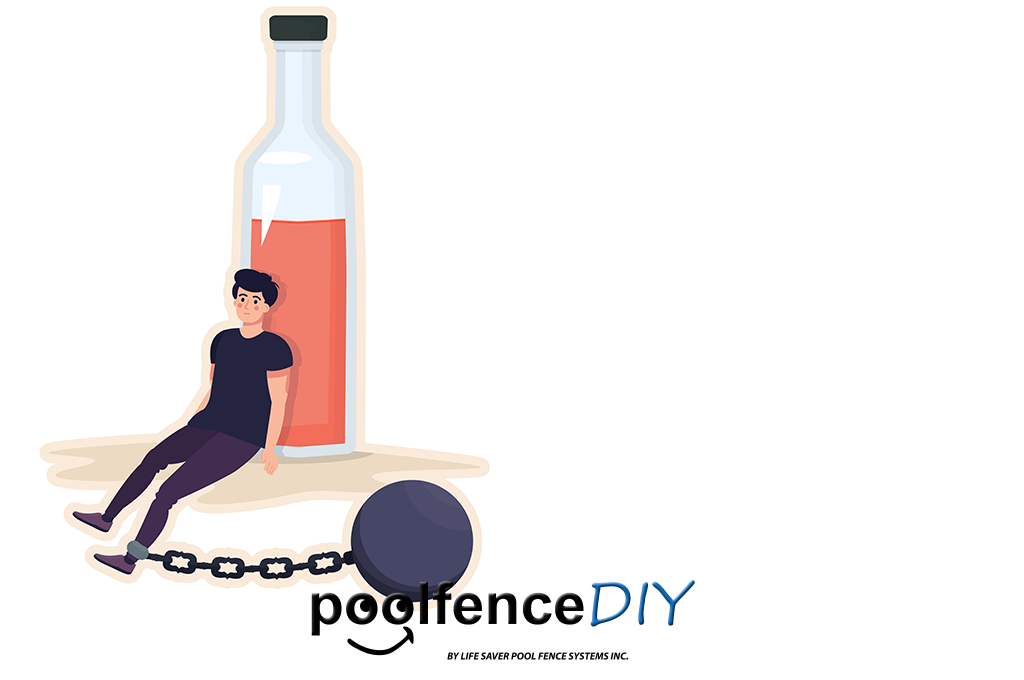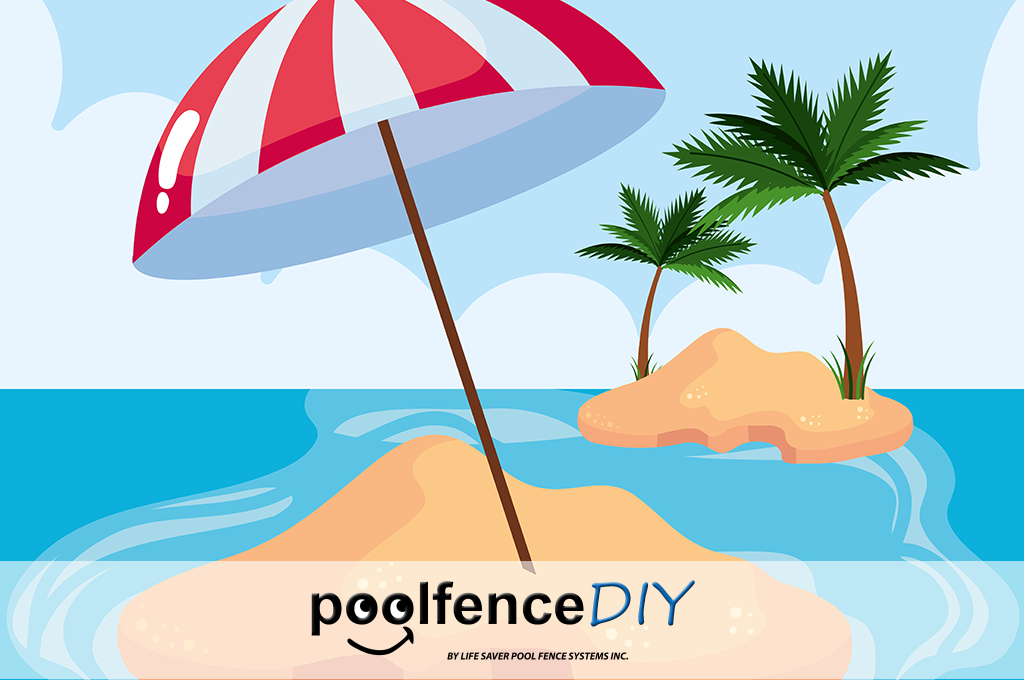Building a First Aid Kit for Snowy Weather

Building a first aid kit for snowy weather can end up saving your life. As the winter season brings a fresh layer of snow, it brings with it the joys of skiing, snowball fights, and cozy nights by the fireplace. However, amidst the winter wonderland, it's crucial to be prepared for unexpected emergencies. One way to ensure your safety in snowy weather is by building a comprehensive first aid kit tailored for winter conditions.
Centers for Disease Control and Prevention (CDC) and the Department of Homeland Security warn that a winter storm can last longer than we realize. It can end within a few hours…but it can also drag on for several days. When the wind is ripping and the temperature is dropping, folks are in serious dangerous of losing power, heat and even communication. A lack of connection can put us all at risk, but this goes double for older adults, kids, and even pets.
Proper preparation is crucial to survival. Above all, never rely on basic luck. Instead, read our tips below to learn about building a first aid kit for snowy weather. In an emergency, it can save your life or the life of a loved one.
Essential Tools for Building a First Aid Kit for Snowy Weather
Every winter first aid kit should include the basics. These essentials are crucial for addressing common injuries and mishaps that can occur during snowy adventures.
Above all, it is crucial that your first aid kit for snowy weather (or any weather!) contains items like these:
- Adhesive bandages
- Sterile gauze
- Antiseptic wipes
- Tweezers
- Scissors
- Pain relievers (ibuprofen, for example)
- Cold and flu medication
- Thermometer
Keeping an Eye Out for Cold Snowy Weather Related Injuries
In the past, we’ve written a lot about the dangers of blizzards, thin ice and cold water shock. These are all key elements to consider when building a first aid kit for snowy weather. After all, water danger is something that should never be forgotten.
Along with water, snowy weather often means exposure to extreme cold. Be prepared to tackle cold-related injuries with items specifically designed for such situations. Include in your kit:
- Thermal blankets
- Hand and foot warmers
- Lip balm with UV protection
- Moisturizing lotion
- Extra pairs of gloves and socks
Snow Gear Repairs
You know what they say, nothing lasts forever. That advice includes your safety gear! Snow activities can take a toll on your first aid tools. Include tools for quick fixes in your first aid kit:
- Duct tape
- Multi-tool
- Sewing kit
- Zip ties
Getting Around: Navigation and Communication
When it comes to winter conditions, building a winter first aid kit should include tools to help you navigate the environment around you. After all, getting lost or losing communication can be dangerous. As we always say on this Safety Blog, it is best to be prepared. Limit your exposure to danger and help improve your odds by packing these items:
- Whistle
- Compass
- Waterproof map
- Fully charged portable phone charger

Be Ready to Set Up an Emergency Shelter
In case of unexpected delays or emergencies, having a makeshift shelter can be a lifesaver. Be sure to have these elements at the ready:
- A compact emergency tent
- Multiple warm space blankets
- Waterproof matches or lighters (be sure to have backups!)
Winter-Specific Medications
Certain winter-specific health issues may arise, so it's wise to include medications tailored for snowy conditions:
- Decongestants
- Cough syrup
- Inhalers for asthma sufferers
- Any personal prescription medications. Just be sure to keep these in containers that are childproofed.

In the end, building a first aid kit for snowy weather is not just a precaution; it's a necessity. Your safety during winter adventures hinges on your preparedness for the unexpected. By assembling a well-stocked first aid kit, you're working toward handling any situation that comes your way.




